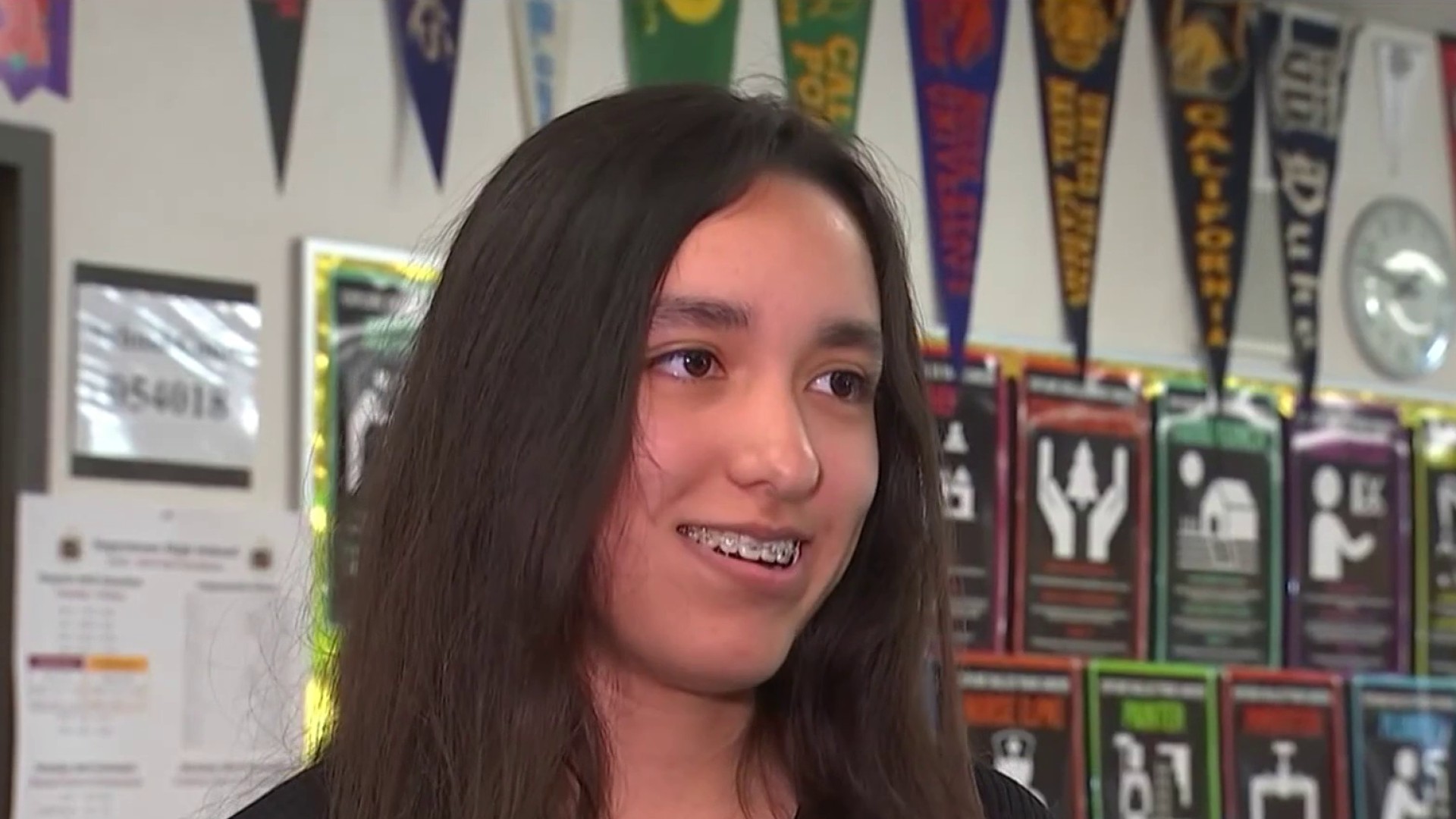Officials at the U.S. Census Bureau moved Friday to clarify widely reported figures meant to estimate the number of Americans living in poverty.
Dueling Census reports – one based on official poverty estimates that was released just last week and another based on an experimental calculus used in November – differed from one another by 20 percent regarding the number of people viewed as living in poverty.
That’s because the experimental measure, a supplement to the official poverty figures meant to take into account such factors as whether a family is receiving food stamps and how much people pay in taxes, uses a poverty level of $24,343 for a family of four instead of the $21,113 used by the official measure.
In expensive states like California and New York, the supplemental measure classified families making as much as $32,869 as impoverished.
However, Kathleen Short, the Census Bureau economist who spearheaded the supplemental report, said it would be wrong to extrapolate from those numbers that Americans are falling into poverty at greater rates.
In fact, she said, the experimental calculation indicated that poverty among children is actually lower than the official poverty rate shows.
On Thursday, reports in multiple news outlets suggested that people making roughly twice the poverty level under the experimental program were “scraping by” and should be considered low-income.
Local
Get Los Angeles's latest local news on crime, entertainment, weather, schools, COVID, cost of living and more. Here's your go-to source for today's LA news.
The Census Bureau does not support that interpretation of the data, Short said.
“Below 200 percent of the poverty threshold is the lower end of the distribution," Short said. "But we would not call it low-income per se.”
A number of news reports on Thursday correctly said that more people fell under the definition of living in poverty under the experimental calculation, but then went on to say that people making twice that would be considered low-income.
However, the practice of using such figures as “150 percent of poverty” or “200 percent of poverty” to determine whether people were of moderate or low income is a practice that grew up around the older, traditional method of identifying poverty, which uses a lower threshold.
In parts of California under the supplemental approach, a family that owns its own home and earns about $66,000 per year would be earning 200 percent of the poverty level, and not necessarily be considered low-income.
NBC4, relying on figures and analysis from the Los Angeles office of the Census, reported the newer, official poverty figures on Thursday, and questioned reports that used the supplemental figures.
A widely distributed news story by the Associated Press relied on the supplemental report.
“We did not misunderstand the data,” AP spokesman Jack Stokes said in an email. "The AP story was vetted by the Census Bureau in Washington.”
However, Short said that she did not agree with the news service’s conclusion that the report showed one out of two Americans to be low-income or impoverished.
Short stressed that the supplemental measure was a work in progress, and that it should not be considered a replacement for the official poverty rate.
The AP's calculations were correct, Short said, "but I’m not agreeing with any adjectives that are placed on being in that category.”
“In fact we stressed the Census Bureau does not have a definition for low income.” Short said
In the supplemental report, "we’re not characterizing what it’s like to be below 200 percent of the poverty line,” Short said. “We don’t have any information to characterize what that would be like.”
More from NBC4 on the Census Reports: Assessing Poverty
Follow NBCLA for the latest LA news, events and entertainment: Twitter: @NBCLA // Facebook: NBCLA



